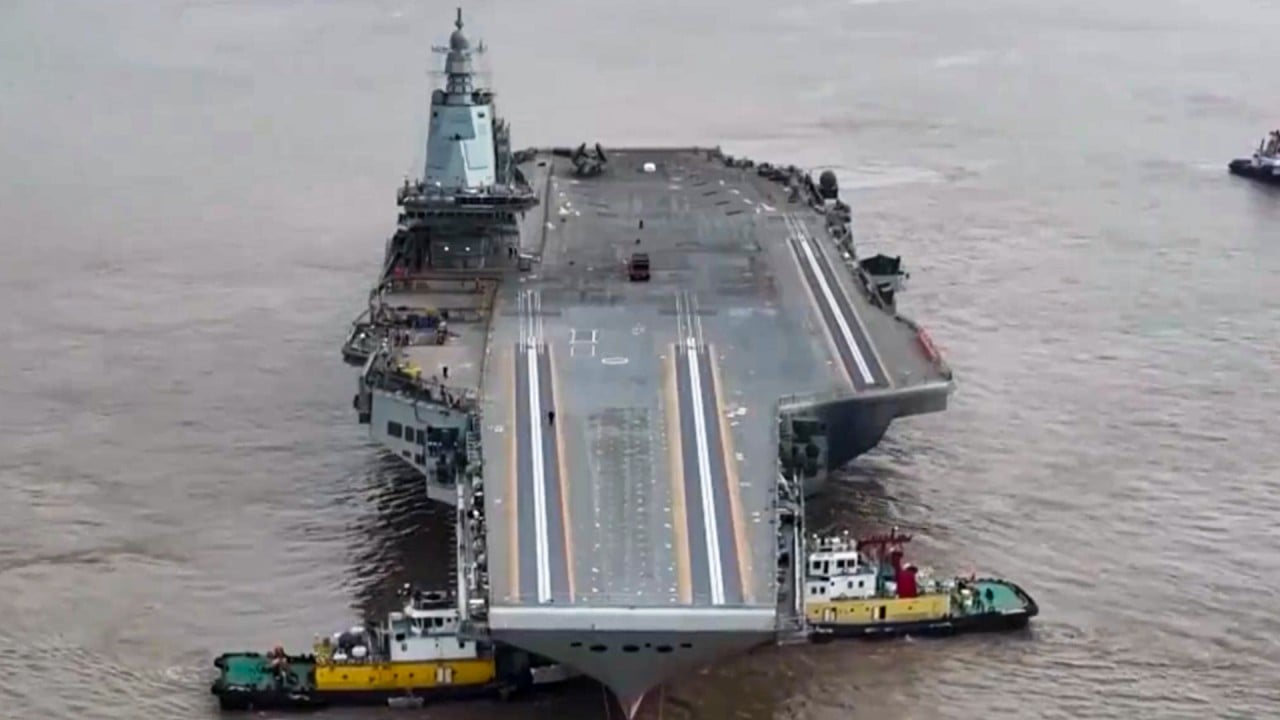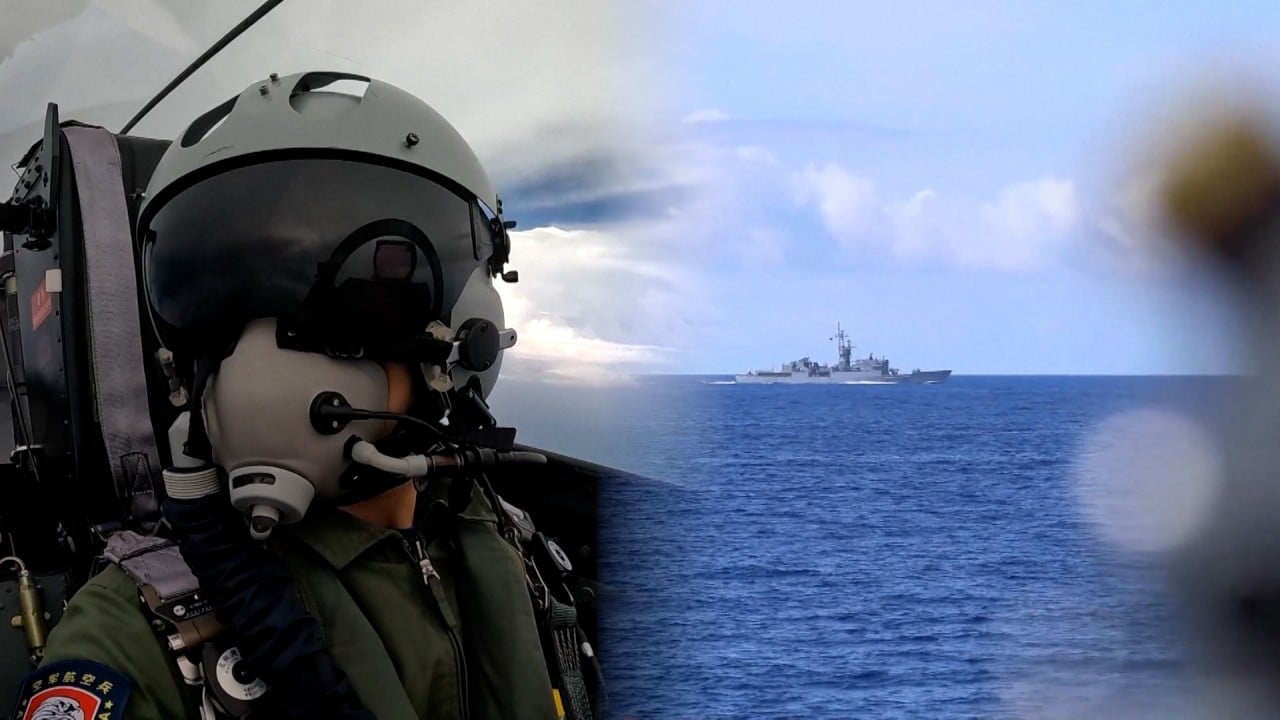
Chinese military researchers zero in on AI-driven navy, space combat to ‘win future wars’
- Study Times, a key Communist Party paper, publishes series by PLA experts on emerging weapons technology to take strategic high ground
- Monday’s articles come as Xi Jinping underlines need to ‘boldly innovate’ during country’s ‘military struggle’
Researchers in China’s armed forces have prioritised key areas of military technologies, including AI-driven naval warfare and aerospace combat capabilities, expanding on President Xi Jinping calls for “bold innovations” in advanced technology.
The authors said the role of artificial intelligence was a priority for “new combat forces”, and that it was a “clear trend” that AI-powered military systems would be a “key variable in changing the rules of war”.
The authors discussed how AI technology was changing the nature of military command and decision-making, saying it could process and analyse large amounts of data to help make faster decisions, and in some cases, independently make complex tactical decisions and operations. Unmanned Aerial Vehicles (UAVs) and unmanned drone boats were also becoming more prevalent, they said.
New attack helicopter seen as vital in any PLA operations against Taiwan, India
The authors also explored how massive drone networks could assess situational awareness during sea battles, process data with cloud computing, and use advanced algorithms to form adaptive command, assault and logistic chains. AI-controlled drones could also be used for tasks such as air refuelling, communications relays, electronic countermeasures for reconnaissance and surveillance, swarm bombing and decoy deployment, they said.
The flexibility and cost-effectiveness of AI-integrated drones would upend traditional naval theories, one researcher wrote, and “new methods of warfare at sea, such as unmanned attrition warfare and unmanned guerrilla warfare, will gain new asymmetric advantages”.
In another article, researchers focused on the expansion of “new military realms”, in which “electromagnetic space, cyberspace and aerospace” would become the “new frontiers of military struggle”.
“History has proved that whoever can effectively grasp and use the right to control a certain space through the development of new combat forces will gain a great advantage in future military competitions,” the article said.
“We must have a deep understanding of the important role of emerging tech and new combat forces in modern warfare, be aware of new fields of technology, and understand the potential of new combat capabilities to see the future battlefield clearly and win future wars,” they said.



